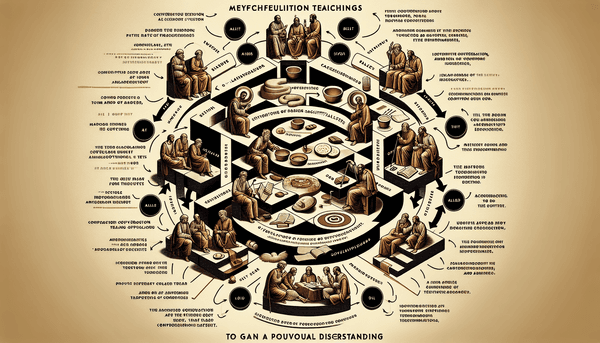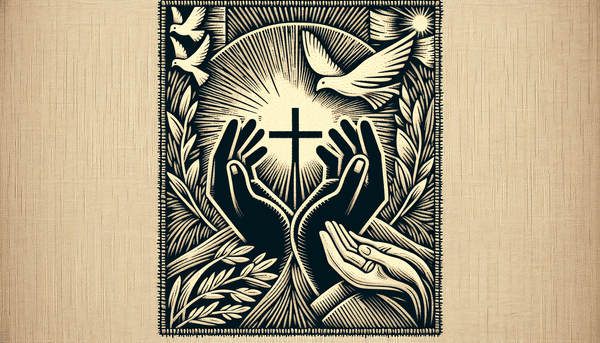The Sacrificial System in Ancient Israel
The sacrificial system was an integral part of the religious life of ancient Israel, detailing the need for atonement and a way to maintain a right relationship with God. Burnt offerings, described in Leviticus 1, symbolized dedication and total surrender to God, while sin offerings (Leviticus 4) and guilt offerings (Leviticus 5-7) were meant for atonement of unintentional sins and specific offenses, respectively. Priests played a crucial role, acting as mediators in these rituals. Blood was a central element, as it was necessary for atonement, illustrating the verse, 'For the life of a creature is in the blood, and I have given it to you to make atonement for yourselves on the altar; it is the blood that makes atonement for one’s life' (Leviticus 17:11). This system served as a temporary provision, pointing forward to the ultimate sacrifice of Jesus Christ, as emphasized in the New Testament, particularly in the book of Hebrews, where He is presented as the ultimate high priest and the perfect sacrifice (Hebrews 9:12-14).
Soteriology: The Doctrine of Salvation
The doctrine of salvation, or soteriology, addresses humanity's fundamental need for redemption. The fall into sin in Genesis 3 created a separation between God and humanity, necessitating a savior as promised in Genesis 3:15. The Old Testament sacrificial system provided glimpses of the coming redemption, pointing to the ultimate atonement that would be made by the Messiah. In the New Testament, Jesus' life, death, and resurrection become the center of salvation, fulfilling the prophecies and the sacrificial system. Paul eloquently explains that salvation is a gift of grace received through faith, a truth he conveys in Ephesians 2:8-9, 'For it is by grace you have been saved, through faith—and this is not from yourselves, it is the gift of God.'
Conclusion
This article has journeyed through the rich tapestry of biblical doctrine and practice, from the ancient rituals of Israel to the enduring call for godly living and discipleship. Scripture provides a comprehensive guide for our faith, encompassing the need for a savior, the path of discipleship, the understanding of salvation, and the call to live righteously among others. These topics, deeply rooted in the Word, continue to shape the lives of believers, offering a blueprint for faith and action in a complex world. As we reflect on these truths, may we be inspired to delve deeper into Scripture, to live out our faith with authenticity, and to embrace the transformative power of God's Word in our lives. For further exploration of spiritual teachings, such as the nature of divine care and the power of prayer, consider reading our companion piece.
FAQ
Q: What was the purpose of the burnt offering in the sacrificial system?
A: The burnt offering was a voluntary act of worship that symbolized the worshiper's dedication and total surrender to God.
Q: How did the sin offering differ from the guilt offering?
A: The sin offering was meant to atone for unintentional sins committed by the Israelites, while the guilt offering was for specific offenses and to make restitution for wrongs committed.
Q: Who were the seventy-two disciples mentioned in the New Testament?
A: The seventy-two disciples were followers of Jesus whom He appointed and sent out in pairs to prepare the way for His ministry, as detailed in Luke 10:1-20.
Q: What role did the priests have in the sacrificial system?
A: The priests had a significant role in performing the sacrificial rituals according to God's instructions, acting as mediators between the people and God.






